Just as at the table, even for the choice of watch there is a "etiquette of rules" to be taken into consideration, a sort of bon ton code that should be evaluated in order to safely decide the right watch for your wrist. Since every occasion needs its own watch, how do you approach buying a watch as a gift? Which watch is right to choose if a person does not yet have watches, or if they already have several? Let's evaluate together the variables to be taken into consideration.
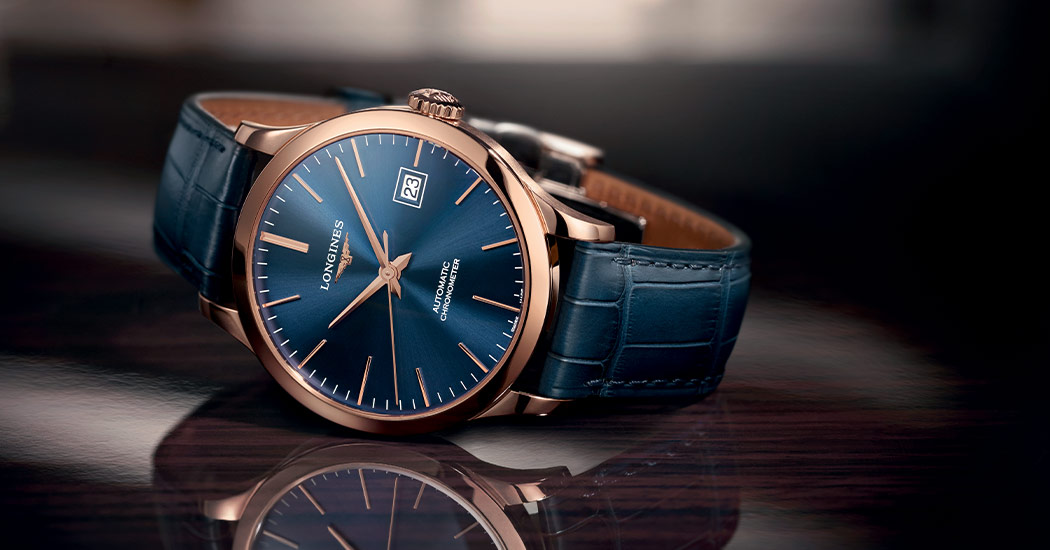
Premise: the reason for the purchase
Before proceeding with the analysis of the features useful for choosing the watch, we think it is necessary to open a brief parenthesis on the reason that leads to the purchase of the timepiece. Based on the motivation, it will be easier to orient ourselves towards a brand or type of watch.
If, for example, the purchase is aimed at the gift of a first watch for a special occasion such as a communion, a confirmation, an eighteenth or a graduation party, the choice may fall on watches that recall classic designs with their lines. and sober declined with precious materials such as yellow gold or platinum given the importance of the moment. At this juncture we would allow ourselves to suggest to the customer a brand with historicity, therefore capable of combining good mechanics and a vintage style reinterpreted in a modern key in the same watch.
For a wedding gift, however, it is possible to make a different choice, opting for a watchmaking Maison that offers the public the opportunity to purchase the same version of the watch differentiated for men and women. In some cases, in fact, the models vary in simple characteristics such as the diameter of the case or the embellishment of the case and dial with small brilliant-cut diamonds. This would allow the newlyweds to be given two very similar watches, testifying to the bond that unites them.
A further choice can be made by analyzing the passions of those who will receive the gift: for a sporty man or woman whose passion is the sea, freediving or scuba diving, they will opt for watchmaking brands capable of guaranteeing excellent resistance. water (waterproof watches or professional divers). There are brands that have dedicated entire lines to professional divers. The same goes for aviation or history enthusiasts: many brands have dedicated production segments to these passions, celebrating men's businesses and achievements step by step.
For a collector who is already clearly in possession of numerous watches, on the other hand, the valuations can be oriented towards niche, manufacturing brands, possibly towards limited edition editions that are difficult to find. This allows you to avoid giving away duplicates or watches very similar to something he already owns. Given the refinement and preparation of the person towards the art of watchmaking, the refinement of the watch movement, its aesthetic finishes, complications ... In short, all the features that increase the value and rarity of the piece must also be considered.
A final possible consideration then concerns the use that you think will be made of the watch: do you want it to be worn for special events or do you want something suitable for every day? Also in this case, the "intended use" will guide us, taking into account the person's lifestyle, towards more refined and in need of attention models or towards solid watches with casual lines suitable for daily use.
The budget available and the price of the watch
Usually the budget issue for the purchase of the watch is one of the features that are placed last in all the buying guides. This is because, as all sales manuals teach, it is a good idea to have a more "romantic" approach to any question that concerns purchases made for pleasure and not out of necessity, recounting their merits and characteristics.
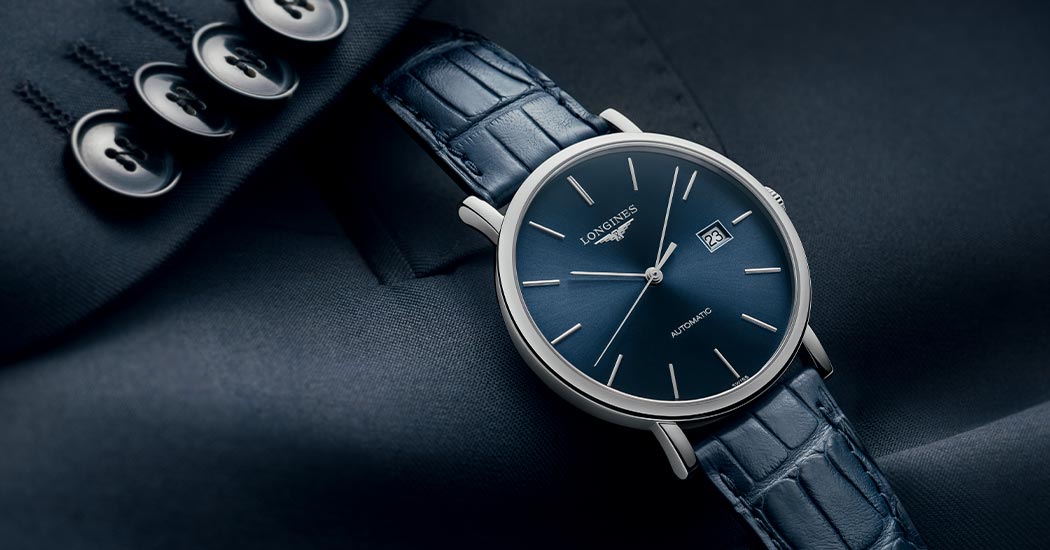
However, it is also true that depending on the amount that you intend to use for the purchase, many subsequent choices are consequently and are almost obligatory, such as the choice of the Brand, the material that makes up the watch (for example , gold or steel), the movement and its complications (we will see the main ones and what they are later on), the preciousness and refinement of the design and finishes (enamelled or worked dials, the presence of gems and diamonds). So, going against the trend, we will put the budget issue at the beginning, certain that we have explained the reasons for our choice.
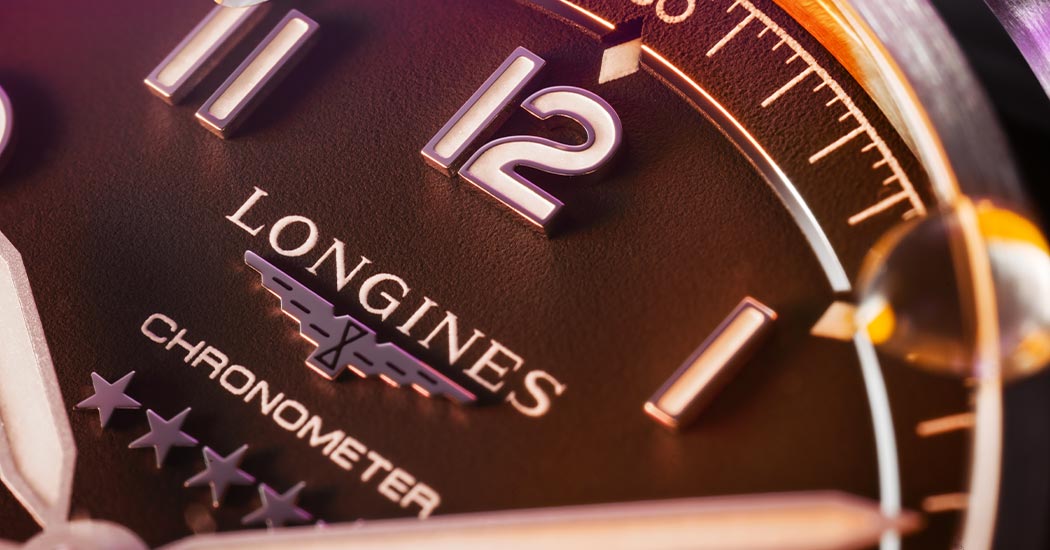
The watch brand
As mentioned above, from the budget that you intend to use for the purchase, we can make an initial basic choice, and define which brand and watch target to target. The international watchmaking scene is divided into 4 macro-segments:
- Luxury and prestige range (4000+ euros)
- High-end (800-4000 euros)
- Mid-range (100-1000 euros)
- Basic range (40-200 euros)
In the range of basic watches we find entry price watches, usually dedicated to a very young audience such as Flik Flak, Casio or Swatch. The first creates products for children, declined with fun colors and figures; the latter can be worn by anyone, are incredibly versatile and are among the most famous fashion watch brands in the world.
With the mid-range, you enter to all intents and purposes the world of watchmaking. This segment includes brands such as Balmain, Calvin Klein, Certina, Citizen, Hamilton, Hugo Boss Watches, Locman, Mido, Seiko, Tissot, brands in some cases with a history of over a hundred years, therefore with a great wealth of experience and tradition. The finishes of the watches are often of a good standard, and the first automatic movements (often visible through the glass back) are introduced to testify the construction skills of the respective brands.
The high-end includes watch brands with famous names such as Baume & Mercier, Bulgari, Breitling, Corum, Ebel, Longines, Maurice Lacroix, Rado, Tag Heuer, Union Glashutte. All the brands mentioned offer excellent build quality together with movement often of their own manufacture (ie developed, conceived and assembled internally). Among these, Longines undoubtedly stands out, the third brand in the world for number of sales and the best in the relationship between the quality of the products and their price to the public. Speaking again about the segment, almost all companies have a history that began in the 1800s at the dawn of watchmaking and have evolved over time by adapting to various technical advances, making their own know-how and innovations that have allowed them to acquire great authority in the world of timepieces. The watches have excellent precision and are reliable, in some cases with prestigious certifications (COSC) and presence in the most famous sports competitions.
Finally, the range of luxury and prestige watches includes world-famous noble names that are dedicated to a range of customers looking for exclusive watches. In this group, Blancpain, Breguet, Harry Winston, IWC, Jaeger-LeCoultre, Omega, Panerai, Richard Mille, Roger Dubuis, Rolex, Vacheron Constantin stand out. The creations of these Haute Horlogerie Maison are in many cases definable as true masterpieces where nothing is left to chance, but is rather designed to amaze in every small component. Each individual component is finished with excellent precision, both the inside and the outside of the watch: the oscillating masses of the automatic movements are signed and decorated, cutting-edge materials such as ultra-resistant ceramics, fibers and patented metals are often used; the dials see the presence of enamels or are finely worked by hand, as in the case of the guillochè dials; etc. In the range of luxury and prestige, beauty is often sought, and naturally precise, without compromise.
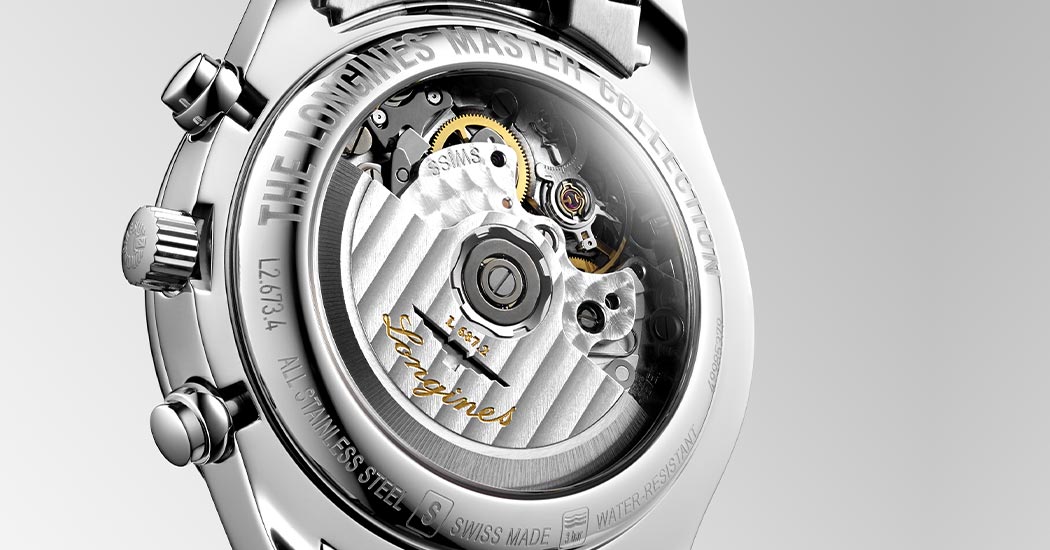
The movement: quartz (battery) or mechanical?
The real great choice when looking for the watch to buy, in addition to the brand, involves the movement of the watch. The movement is, simplifying, the internal mechanism of the clock, its heart, that complex system of engineering and gears that allow the clock to work and keep the correct time. This system can be of two types: quartz or mechanical.
Quartz watches are all those watches that draw energy from a battery, or battery, to work. To make it easier to understand how they work: the battery activates the engine of the clock which, at precise regular intervals (marked by a quartz), moves the hands indicating hours, minutes, seconds and any other functions of the clock . This category of watches, on average and for the same brand, is cheaper than the mechanical brothers.
Watches with mechanical movement, on the other hand, work without a battery, and are in turn divided into manual-winding and automatic movements. The former derive their energy from the charge that is performed manually by the user before being worn. An internal spring (winding spring, in fact) is wound through the winding crown, which slowly releases the energy necessary for its operation.
Hand-wound watches require constant, often daily care to stay on time. They are not recommended if you do not have the patience for the "rite of charge" to be performed every morning, if you are always in a hurry or if you are distracted. However, they are particularly appreciated by connoisseurs, men who love mechanics and collectors.
Automatic watches, on the other hand, through an internal rotor, recharge automatically autonomously, drawing the energy necessary for running from the movement of the wrist. Their functioning is linked to the exploitation of the natural movements that the person makes during the day, such as walking, writing, playing sports or even just driving or drinking a coffee. Compared to manual winding, automatic watches have the only requirement to be worn at least every 1-3 days (on average) to stay on time (this time interval is called "power reserve" and varies from watch to watch). Given the complexity of the movement and manufacture, automatic mechanical and manual winding watches usually have a list price, and a value, higher than quartz watches (always remaining within the same reference Maison).
The aesthetics of the watch, the materials and the dial
For some customers, the keystone for choosing a watch is aesthetics, which is placed before both the prestige of the brand and the internal mechanics. It is a choice that often concerns those who use the watch as an aesthetic accessory for its beauty, and are not particularly interested in the complexity of the mechanisms that make it up. The aesthetics of the watch is influenced by the shape of the case and its material, the color of the dial, the presence of gems and the material and color of the strap / bracelet. These 3 characteristics are subjective factors and different depending on personal taste, so we will not go into the explanation particularly.
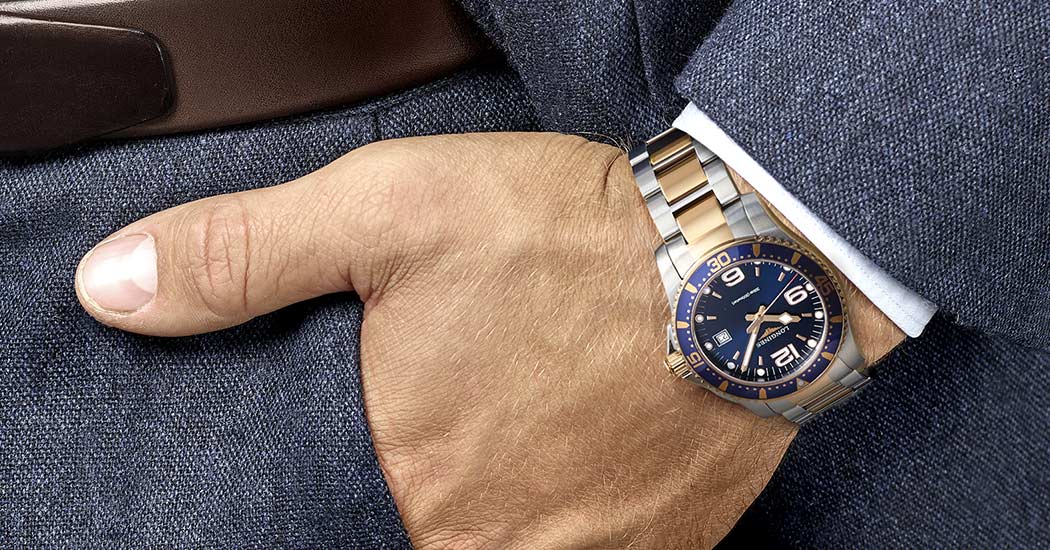
The shapes of the watch case are, in order of preference based on our experience over the years: round, rectangular, carrè (square), oval and tonneau (a rectangle with long convex sides). On the case which is usually made of steel (for its resistance) or gold (for its preciousness) there is often a bezel of the same metal and color, or performed in contrast (with other metals or materials, eg ceramic). The more feminine and precious models are embellished with white or colored diamonds, which obviously influence the price of the watch.
The dial is the most visible element of the watch: it is the disc behind the hands. It can be of various colors and shades, it can have particular finishes (for example, the aforementioned guillochè dial) and it can see the presence of Arabic numerals or indexes only. In addition, depending on the complexity of the movement, it will give other elements such as the chrono counters, the date, the moon phases, etc.
Finally, the strap is the means by which the watch is fixed to the wrist. Technically it is called a strap when made of leather or rubber, while it is called a bracelet when it is made of metal (be it steel, gold or steel and gold. Its clasp can be a pin buckle or deployant.
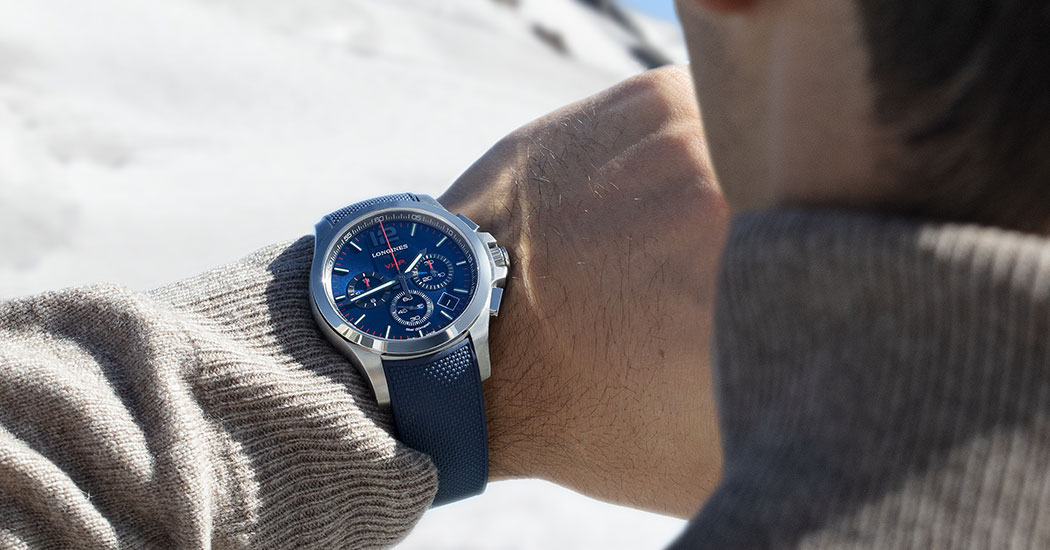
The size of the watch compared to the wrist
The last, but not least, feature that should be taken into consideration when choosing a watch is the size of the watch. The diameter of the case in relation to the wrist is an element not to be underestimated. Case diameter means the diameter of the watch excluding crown. The last, but not least, feature that should be taken into consideration when choosing a watch is the size of the watch. The diameter of the case in relation to the wrist is an element not to be underestimated. Case diameter means the diameter of the watch excluding crown.
The last, but not least, feature that should be taken into consideration when choosing a watch is the size of the watch. The diameter of the case in relation to the wrist is an element not to be underestimated. Case diameter means the diameter of the watch excluding crown. In recent years, the trend in world watchmaking has been to offer large watches, sometimes with diameters even greater than 45mm. However, speaking on average and without considering particular models, we can say thanks to years of experience in the sector, that the ranges of diameter based on gender are the following:
- Women – Ø from 30 mm to 37mm
- Man – Ø from 39 mm to 43 mm
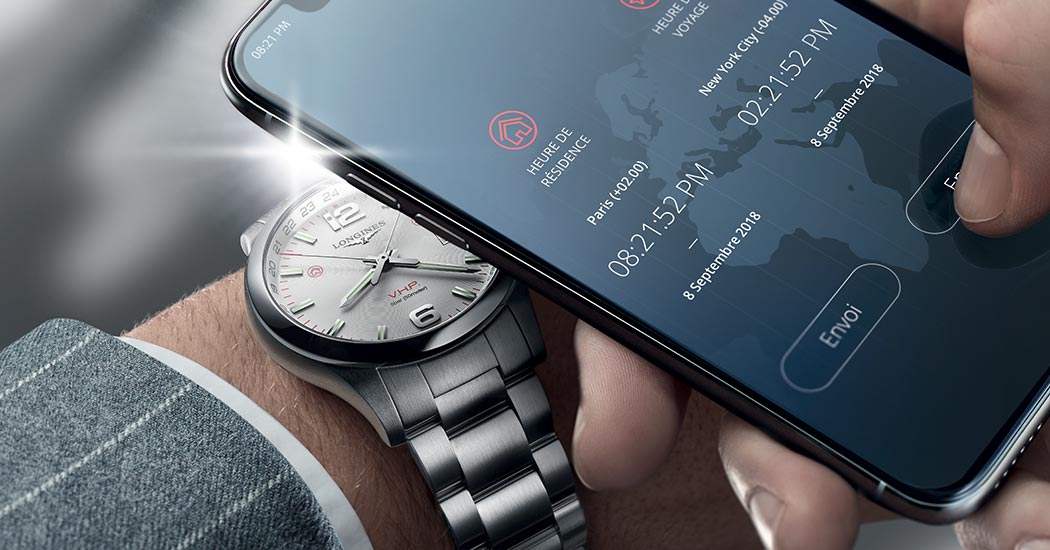
Multifunction digital watches and smartwatches
Finally, there is a last category, namely that of multifunction digital watches and smartwatches. These products are not usually counted among jewelry watches because traditionally (not for everyone) without mechanics, but they still deserve to be told for their characteristics given the growing importance they have obtained in recent years. This type of watches travels parallel to that of traditional watches, usually referring to an audience of enthusiasts different from that interested in quartz or mechanical watches.
For the choice of these watches, two factors are analyzed: the functionality based on the use that the person intends to make of them and the design, then its aesthetics, the strap and the various colors. Among the essential functions, the most interesting to consider are 4: integrated GPS, essential for calculating distances, altitude (in the absence of the altimeter function) and the pedometer function; Bluetooth, necessary if you want to connect the device to your smartphone, make calls and receive notifications such as text messages, e-mails or for the use of social networks; waterproof, useful if you plan to use it at the sea or in the pool for both sporting and fun use; display backlight, for easy readability even in different light conditions. Smartwatches are technologically very advanced devices. In addition of course to indicating the time with absolute precision, they offer the user the opportunity to take advantage of a whole series of extra useful but not essential features such as, for example, buying without using credit cards simply by bringing the watch close to reader; evaluate the person's state of health by calculating heartbeats and any anomalies; call for help automatically in the event of an emergency or accident; perform ECG (electrocardiograms); use smartphone App; listen to music; etc.